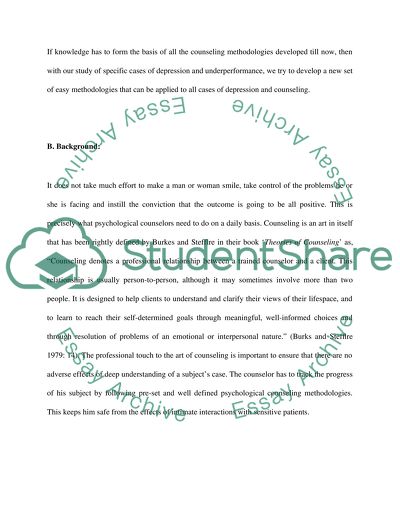Cite this document
(“How Does Communication Differ in Helping Relationships Essay”, n.d.)
How Does Communication Differ in Helping Relationships Essay. Retrieved from https://studentshare.org/journalism-communication/1635012-how-does-communication-differ-in-helping-relationships
How Does Communication Differ in Helping Relationships Essay. Retrieved from https://studentshare.org/journalism-communication/1635012-how-does-communication-differ-in-helping-relationships
(How Does Communication Differ in Helping Relationships Essay)
How Does Communication Differ in Helping Relationships Essay. https://studentshare.org/journalism-communication/1635012-how-does-communication-differ-in-helping-relationships.
How Does Communication Differ in Helping Relationships Essay. https://studentshare.org/journalism-communication/1635012-how-does-communication-differ-in-helping-relationships.
“How Does Communication Differ in Helping Relationships Essay”, n.d. https://studentshare.org/journalism-communication/1635012-how-does-communication-differ-in-helping-relationships.


